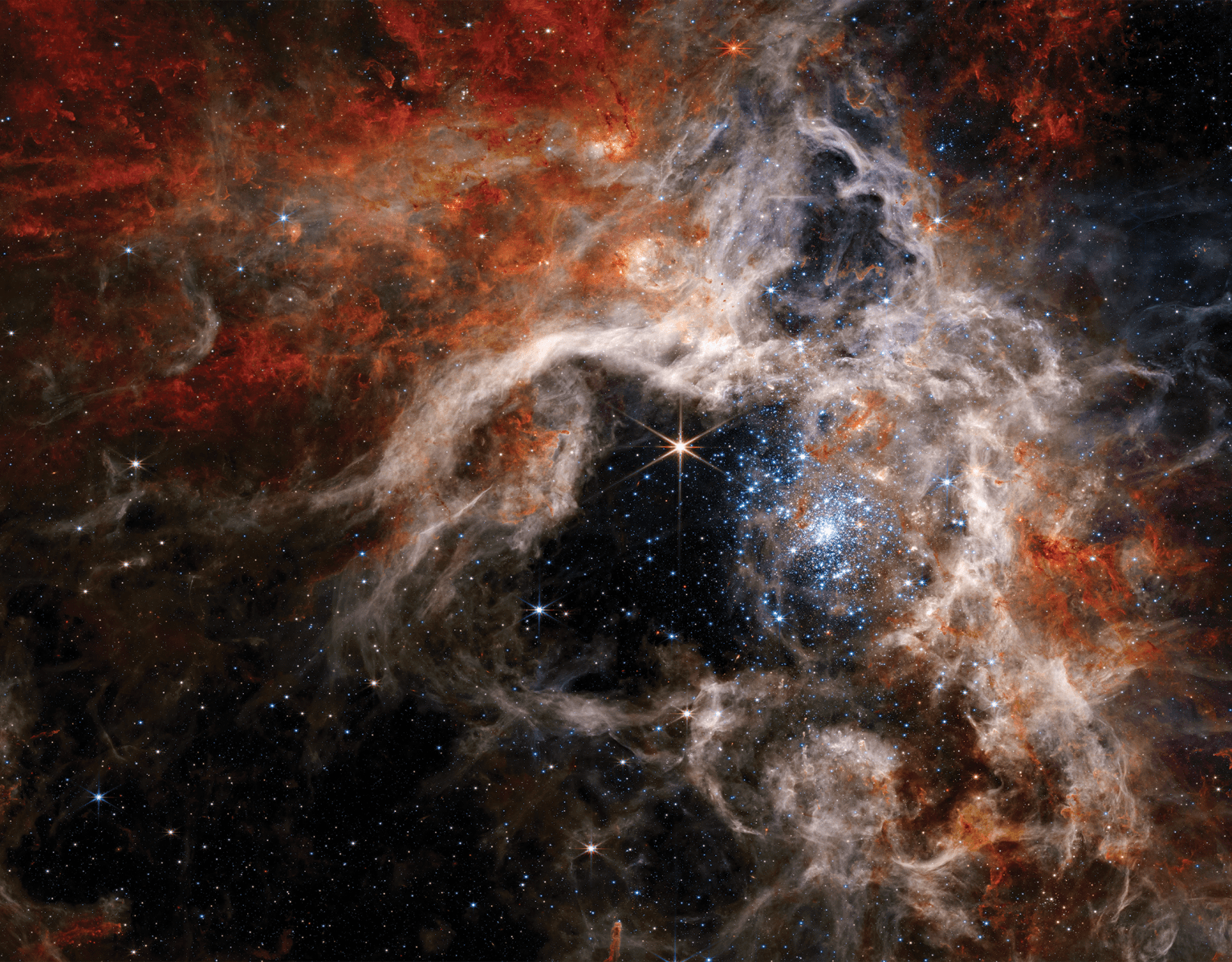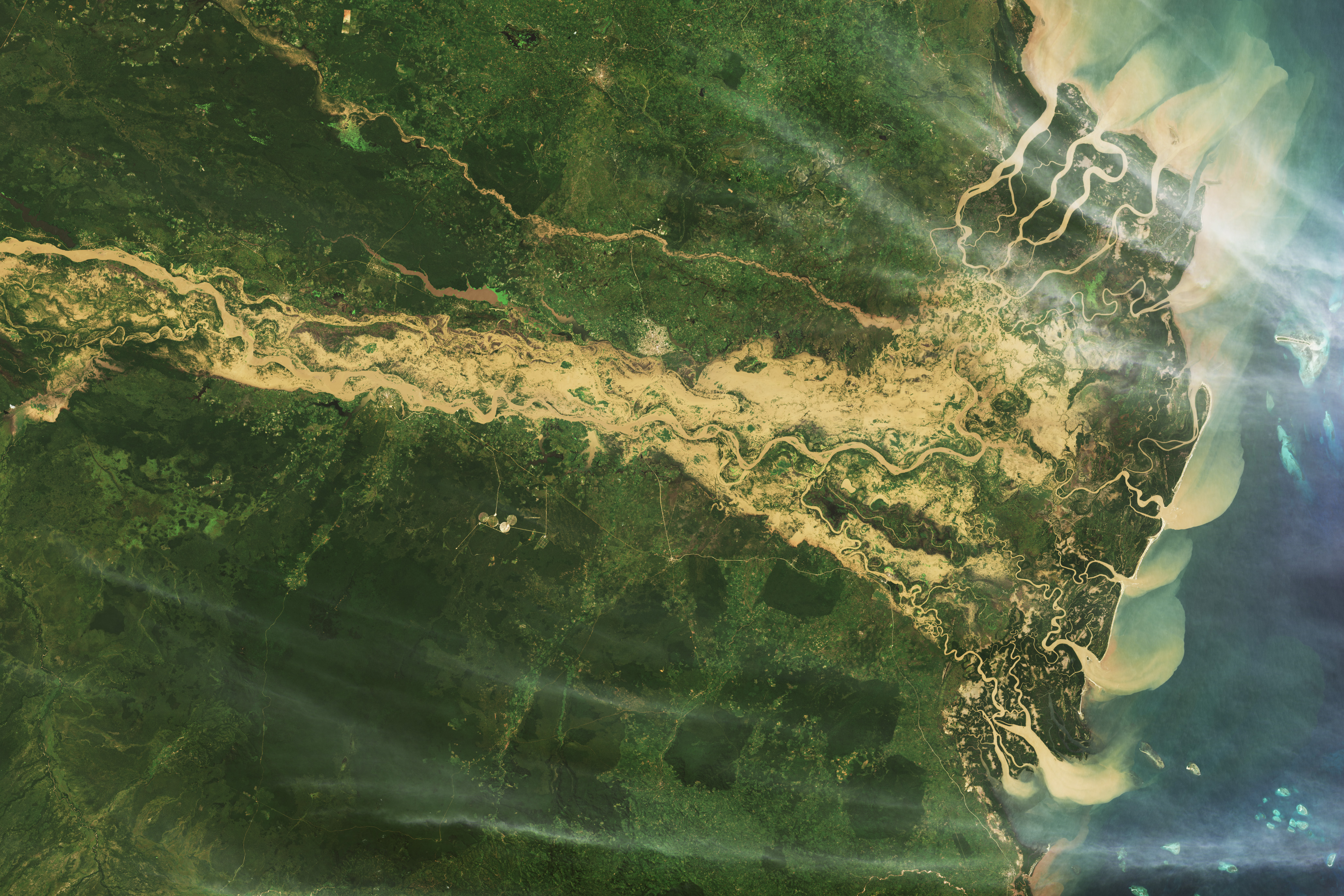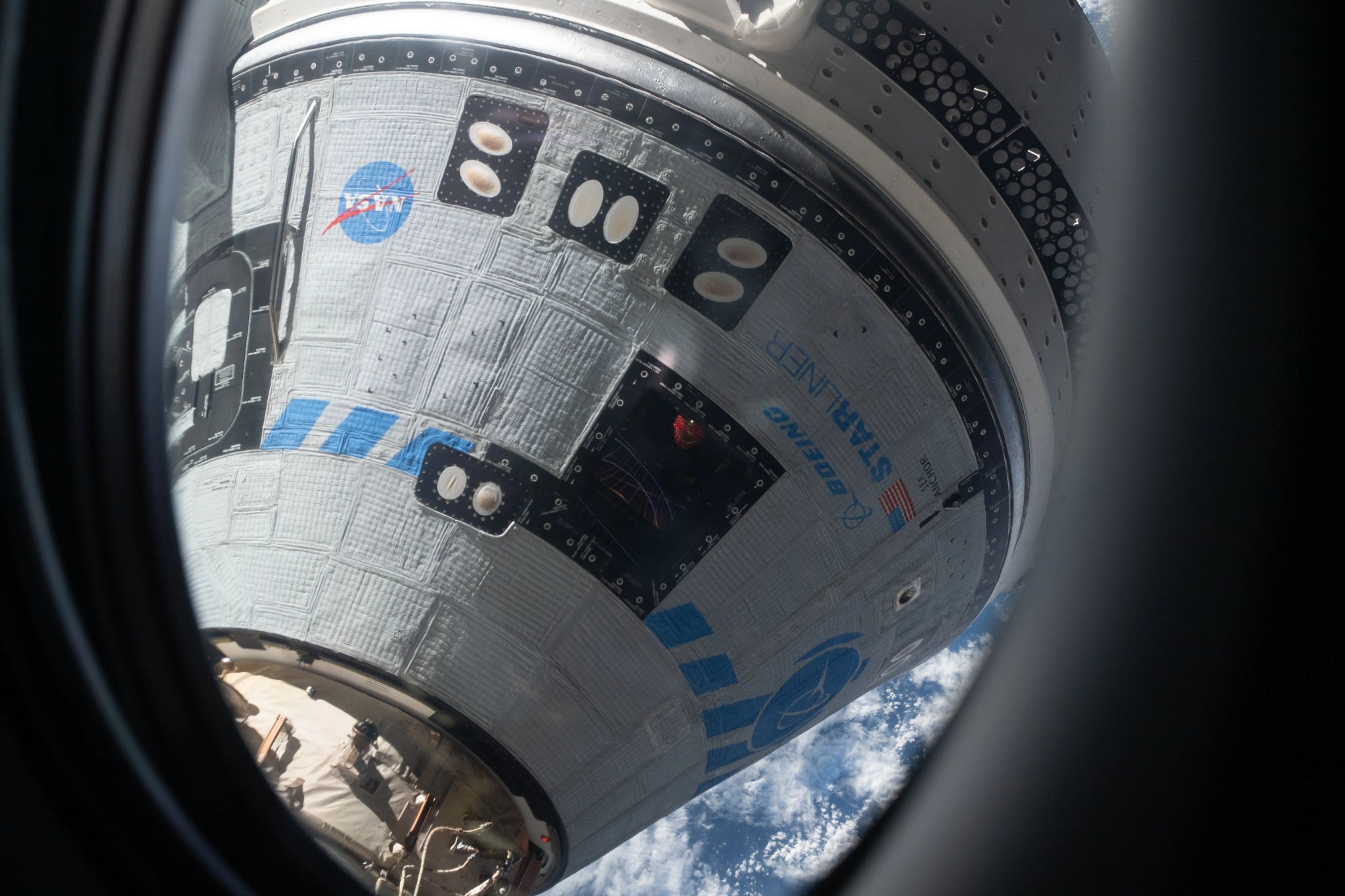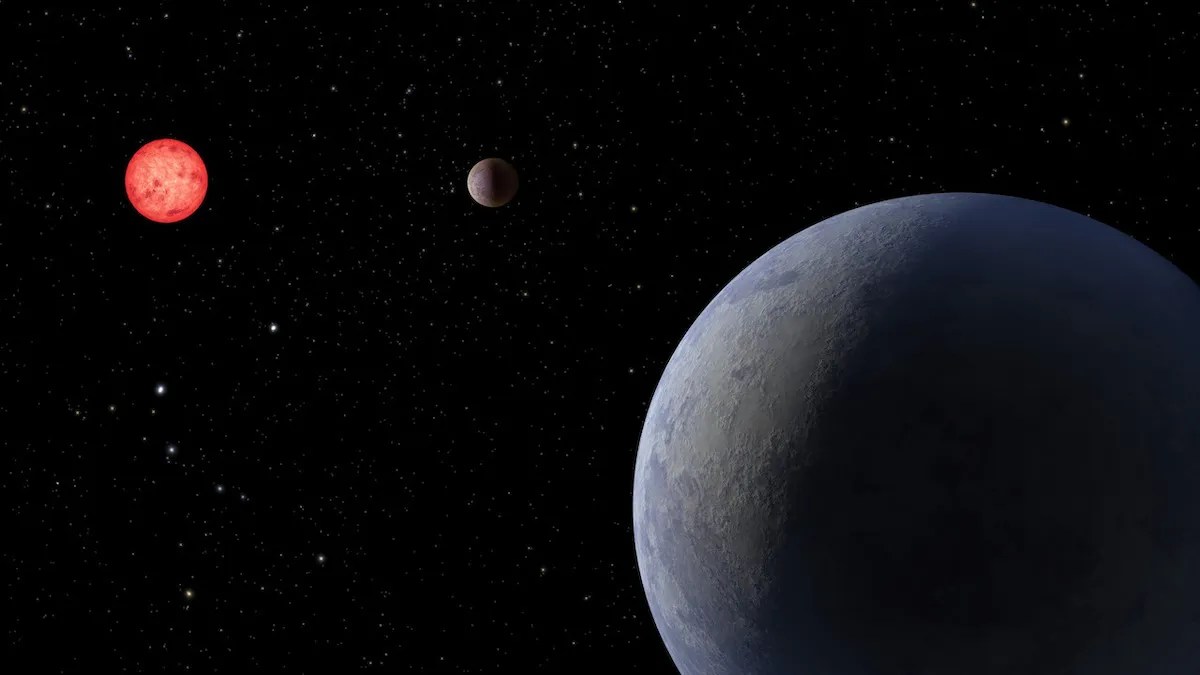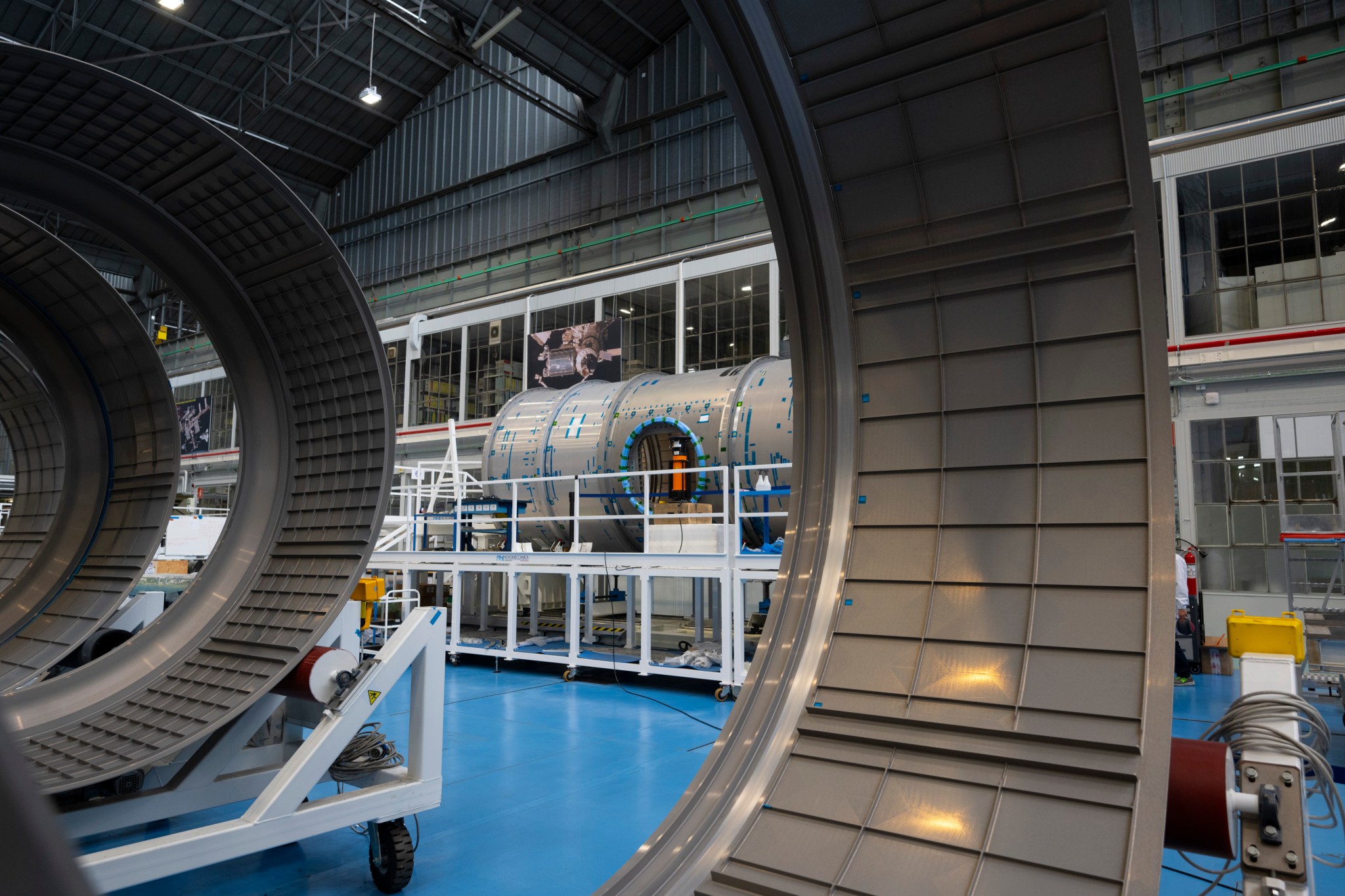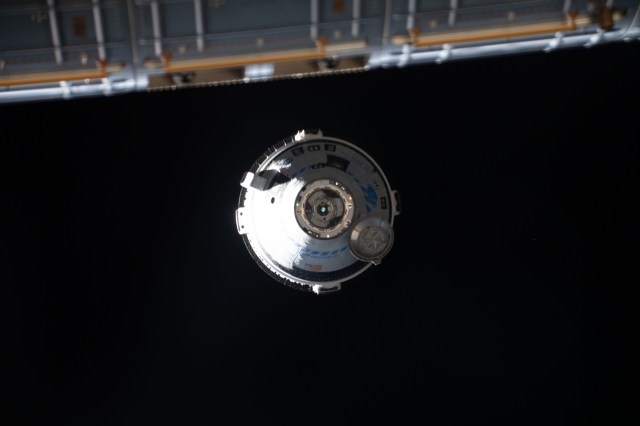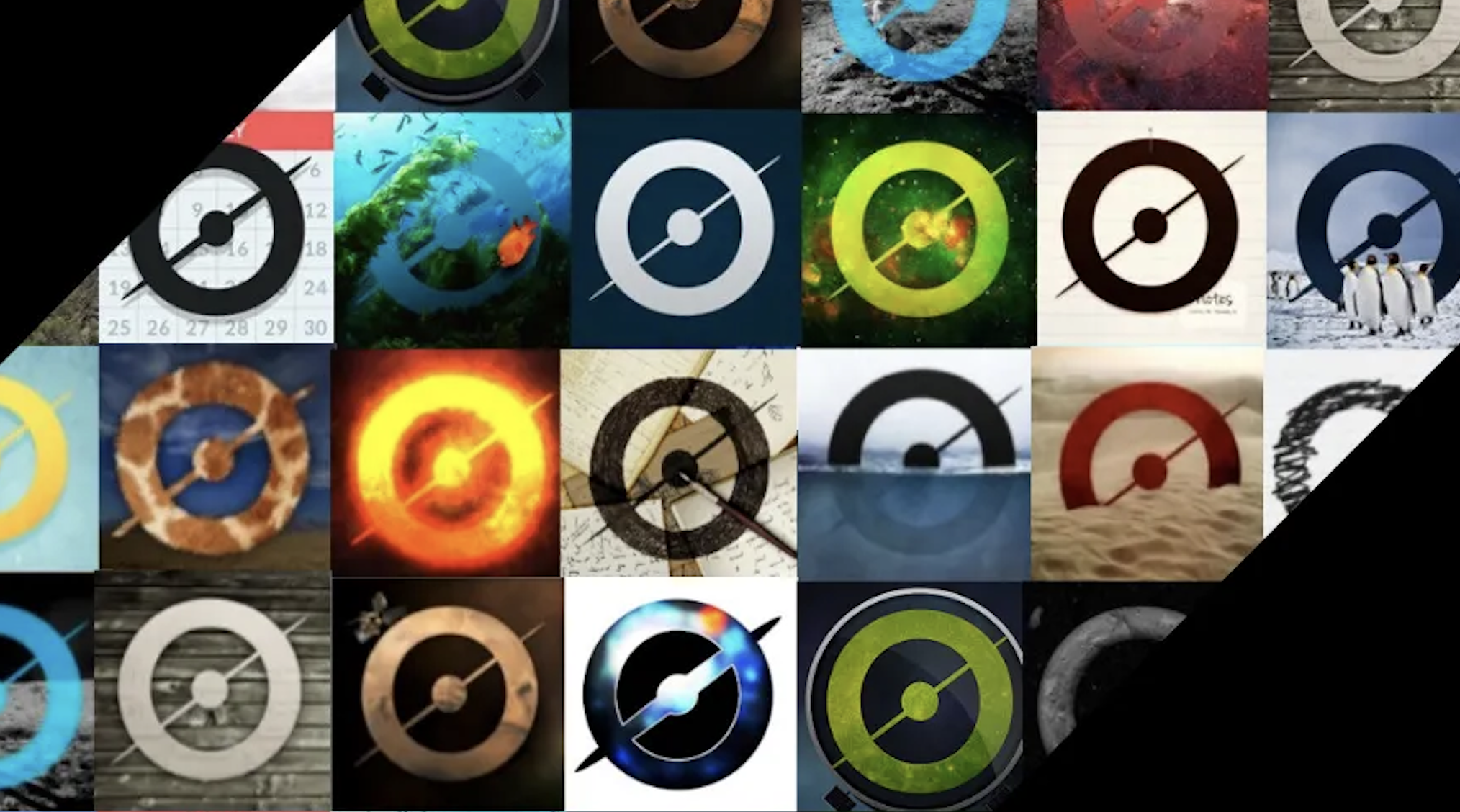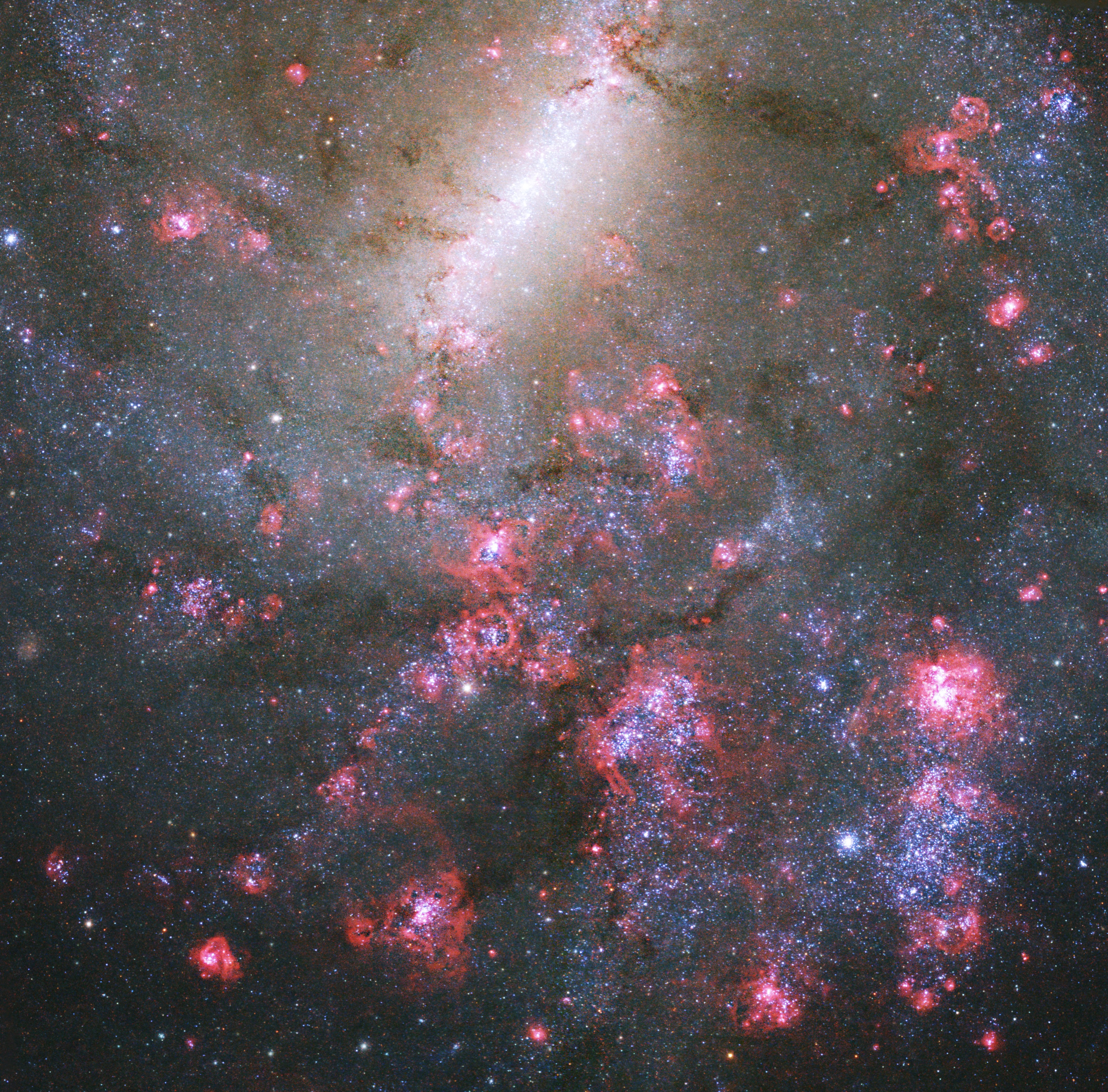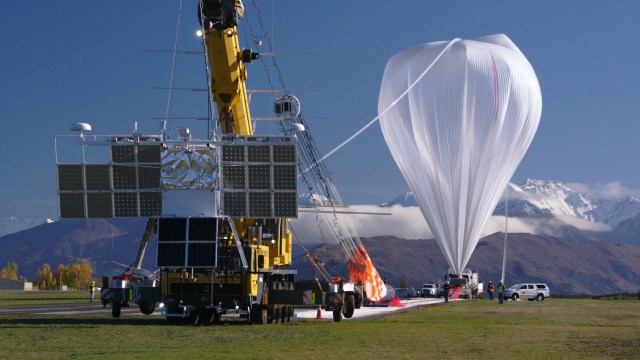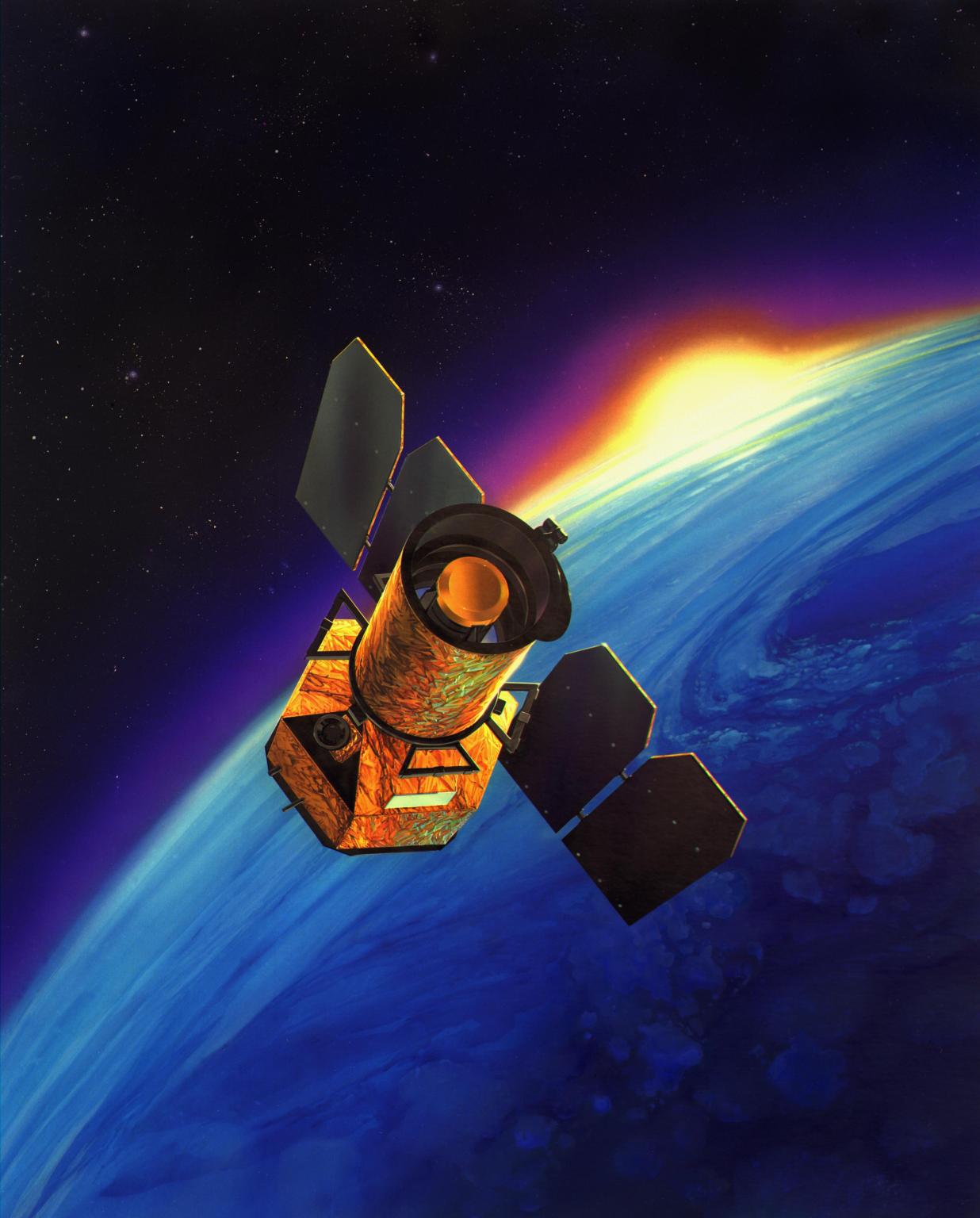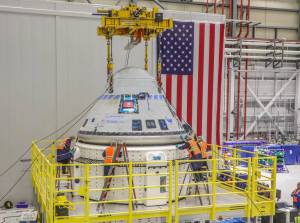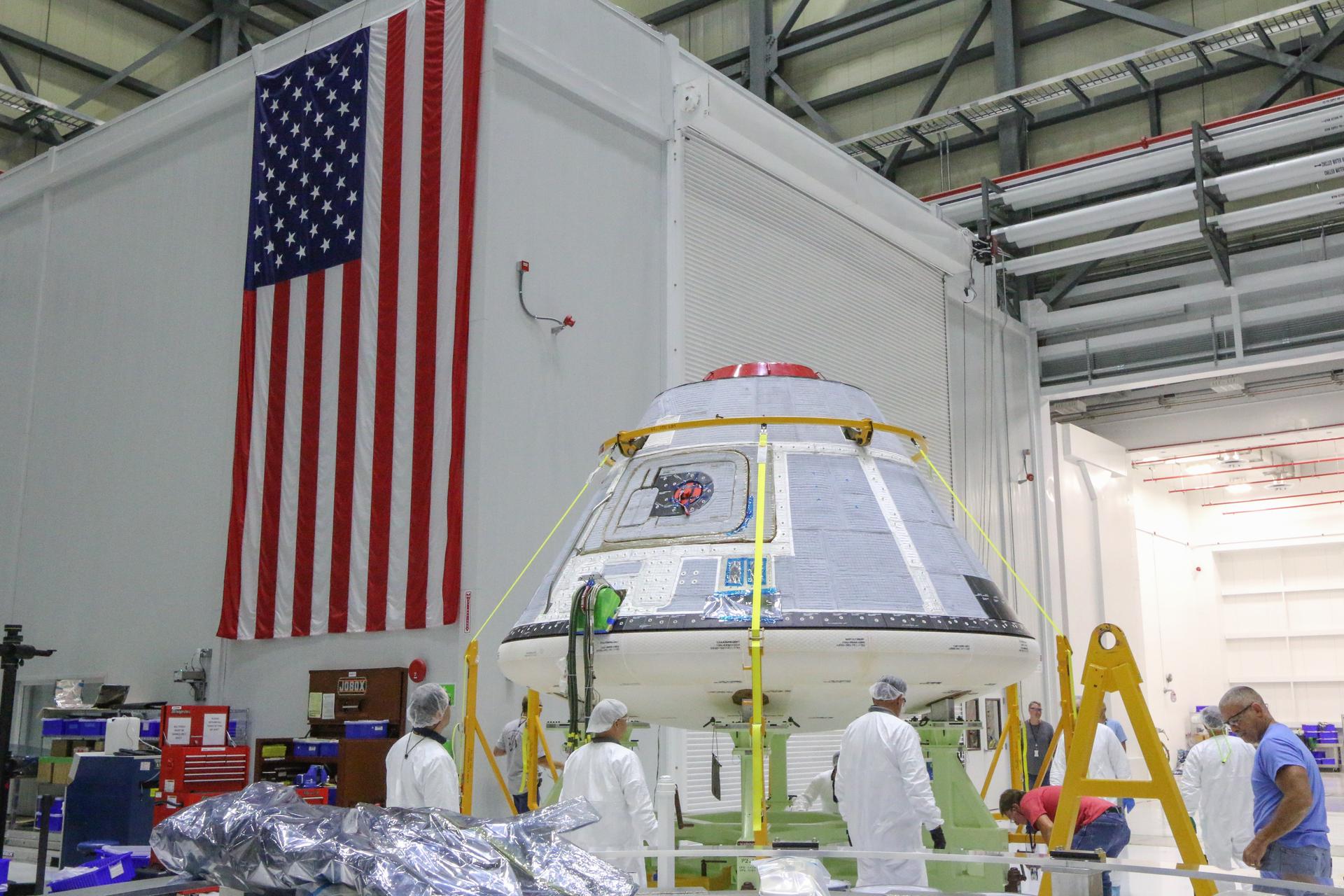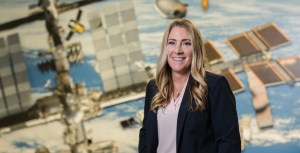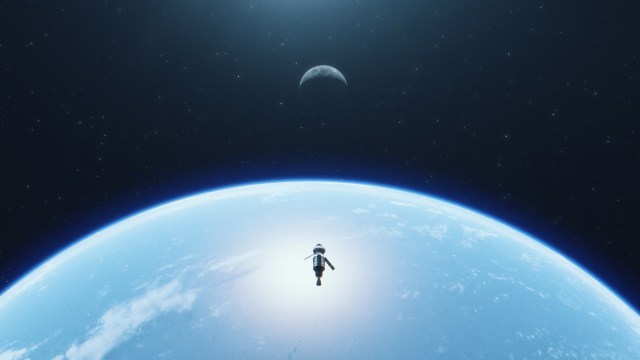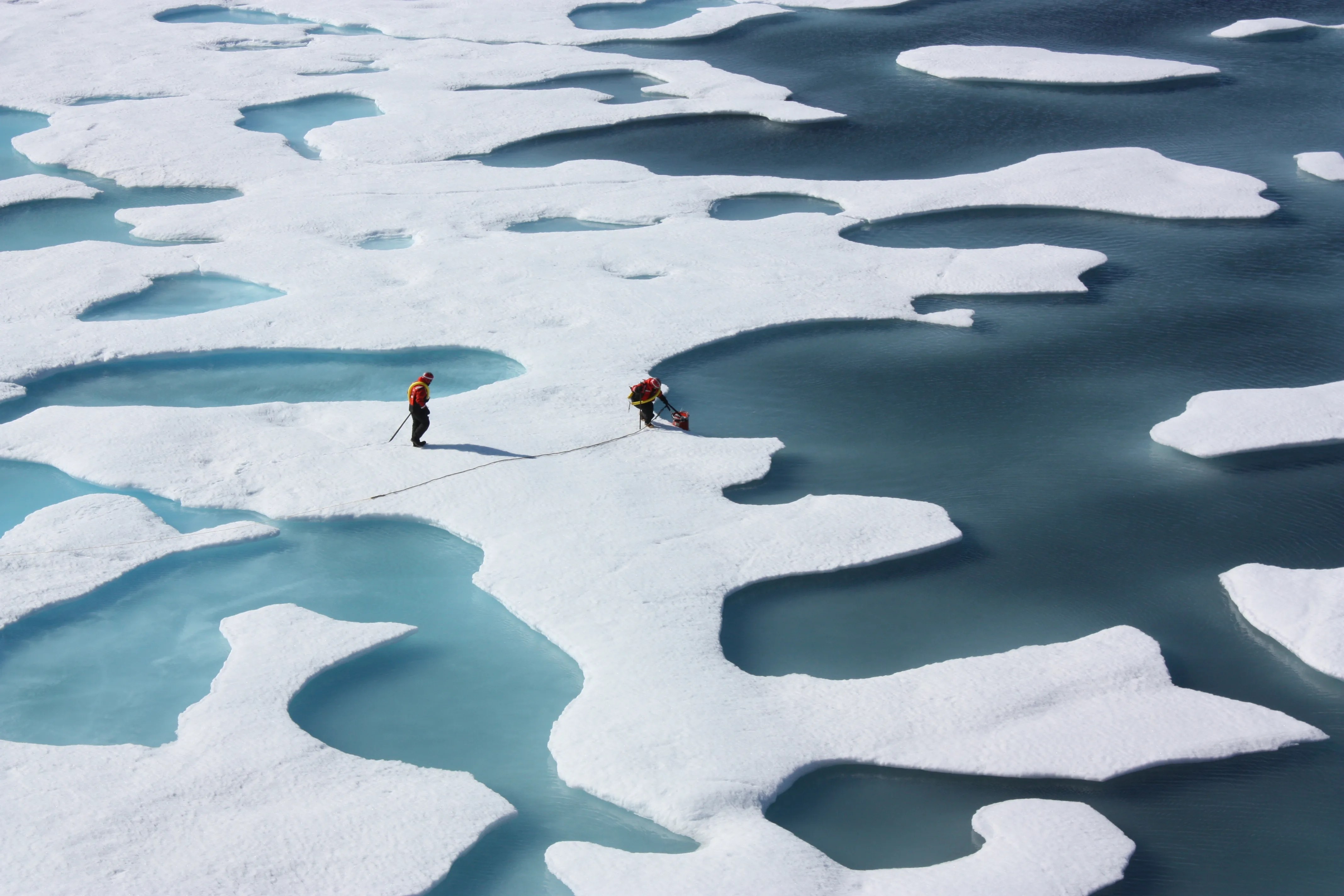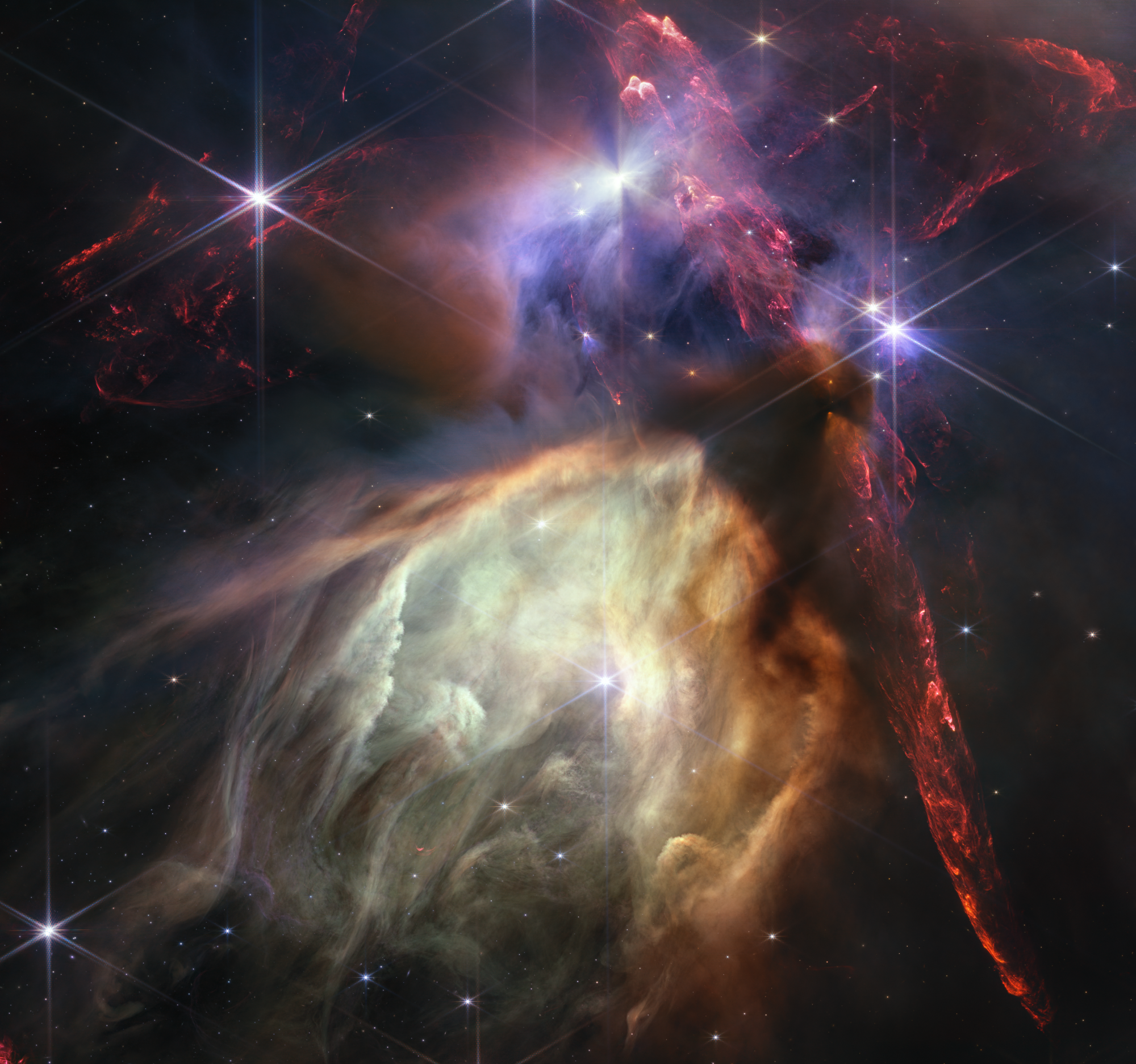Featured News
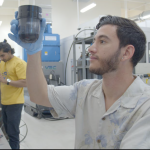
NASA Technology Grants to Advance Moon to Mars Space Exploration

Two Small NASA Satellites Will Measure Soil Moisture, Volcanic Gases

What’s Up: May 2024 Skywatching Tips from NASA

Asian-American and Native Hawaiian Pacific Islander Heritage Month
Faster, Lighter, Less Expensive
Engineers at Wallops Flight Facility are developing new, higher-capacity systems to process, store, and transmit the data from suborbital science platforms.
Read More about Faster, Lighter, Less Expensive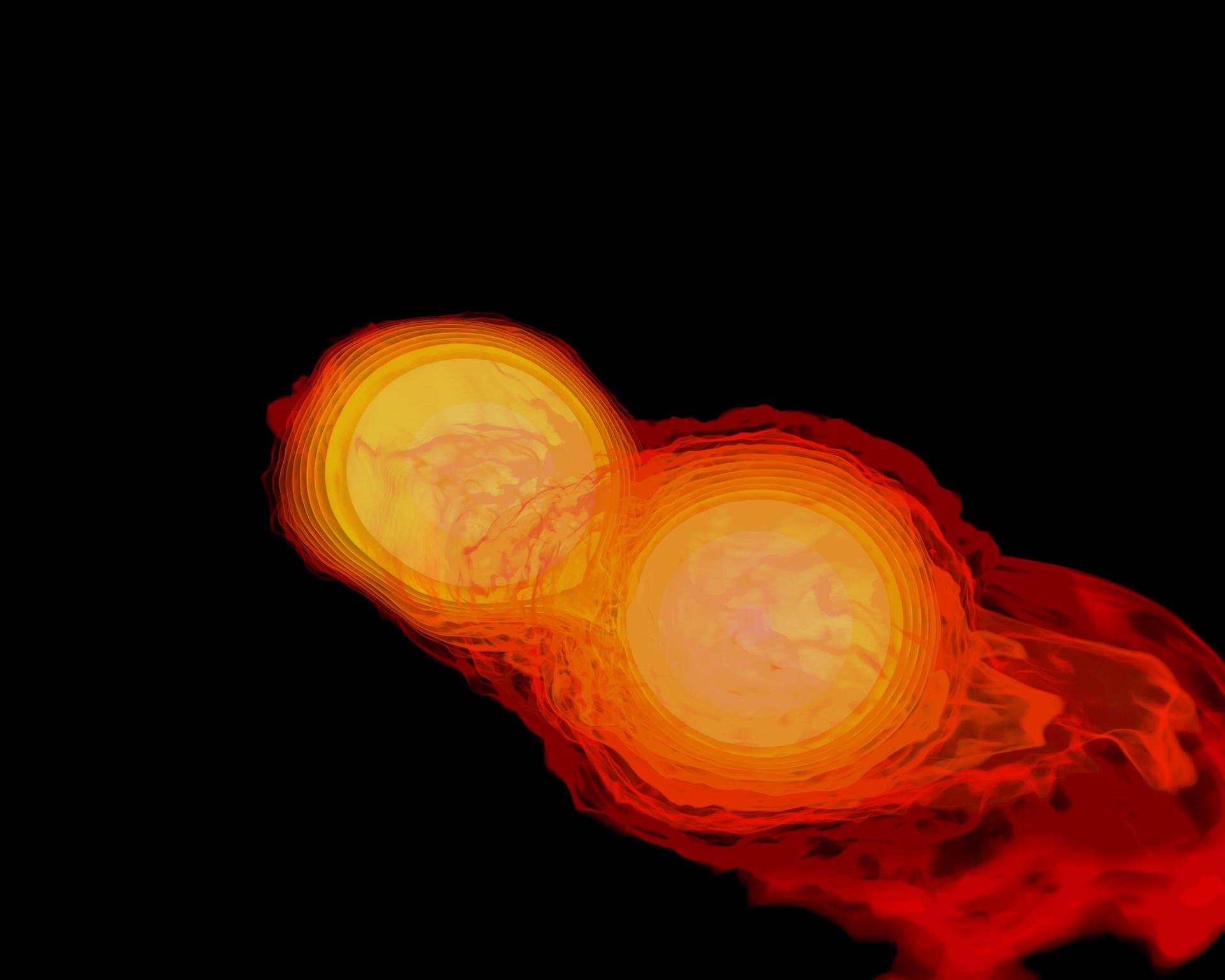
Earth Information Center
For more than 50 years, NASA satellites have provided data on Earth's land, water, air, temperature, and climate. NASA's Earth Information Center allows visitors to see how our planet is changing in six key areas: sea level rise and coastal impacts, health and air quality, wildfires, greenhouse gases, sustainable energy, and agriculture.
Start Exploring about Earth Information Center
Today
Image Of The Day
Galaxy Evolution Explorer Searches for Light
NASA’s Galaxy Evolution Explorer was launched on April 28, 2003. Its mission was to study the shape, brightness, size and distance of galaxies across 10 billion years of cosmic history.
More NASA Images
Explore the Universe from your Inbox
Stay up-to-date on the latest news from NASA–from Earth to the Moon, the Solar System and beyond.
We will never share your email address.
